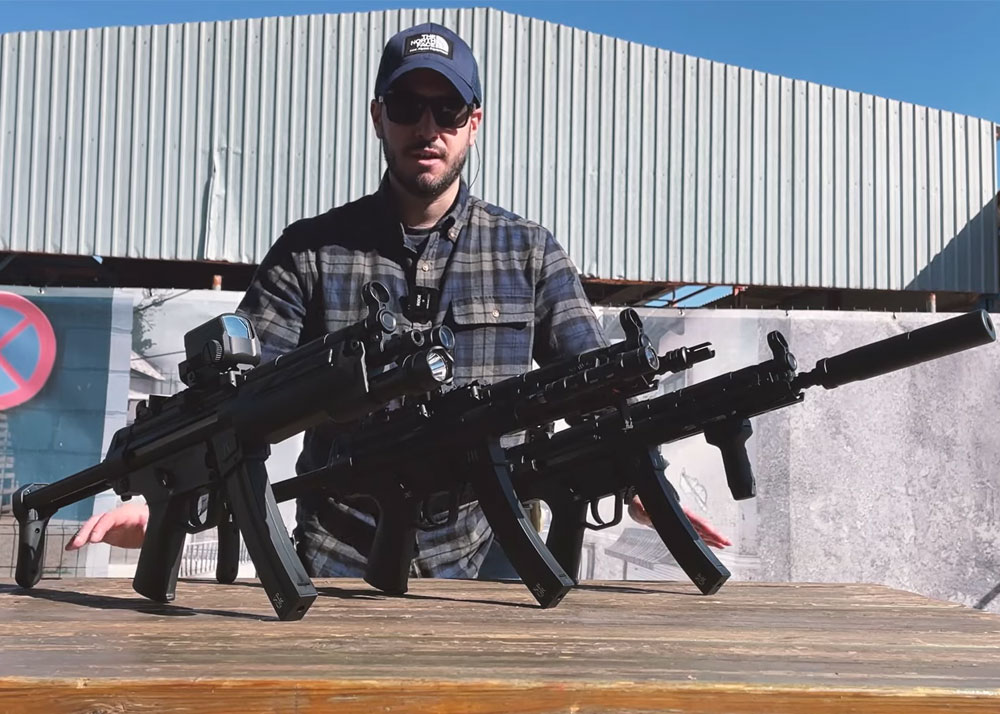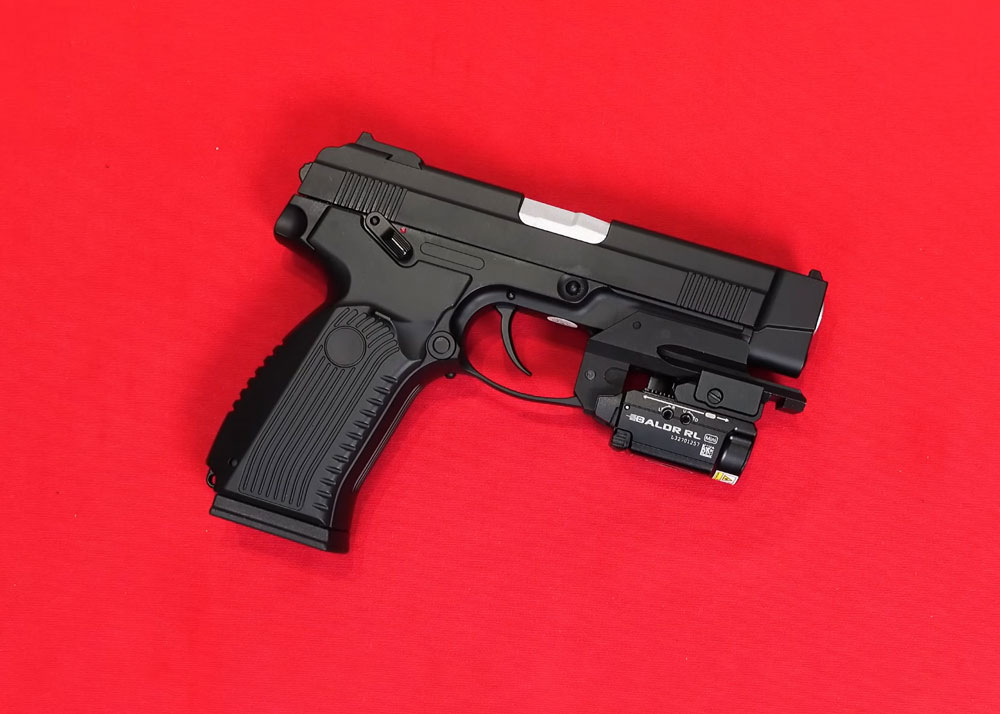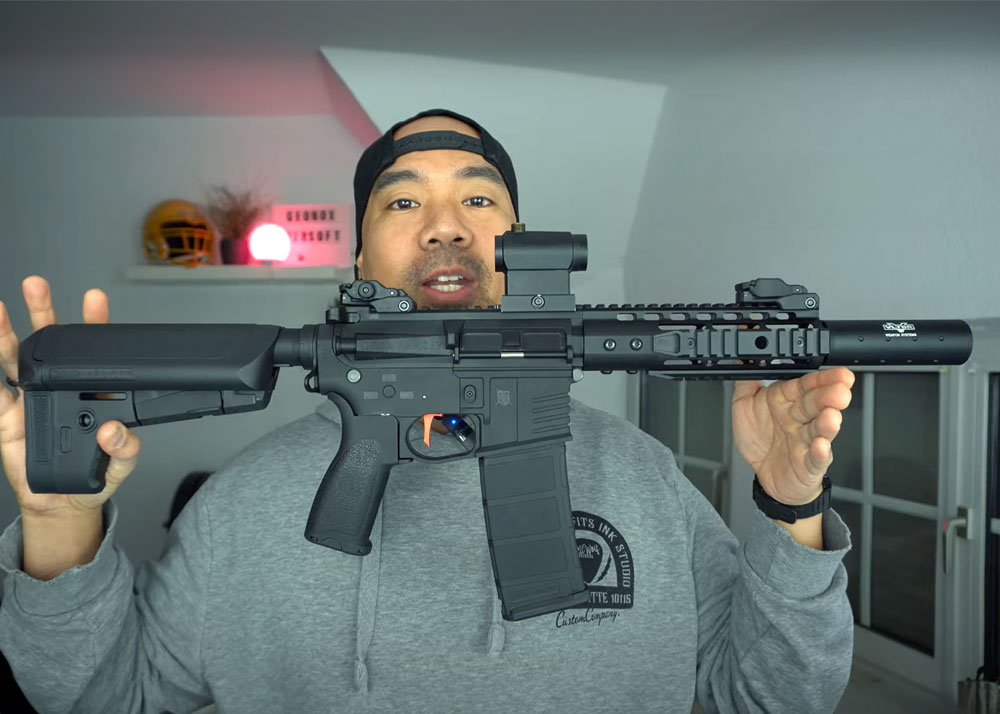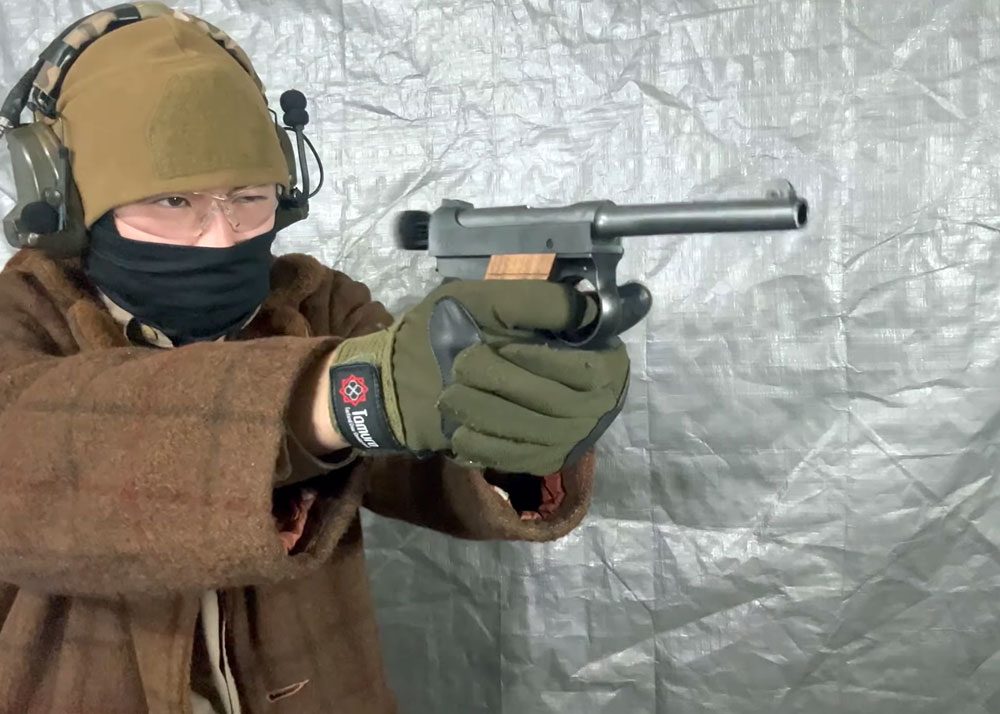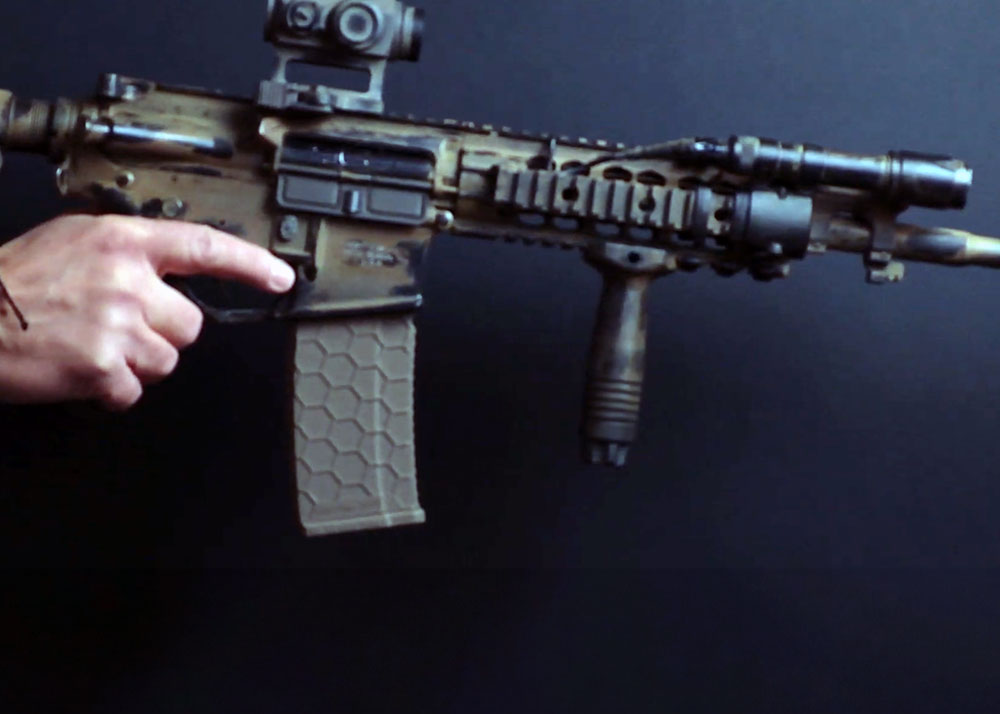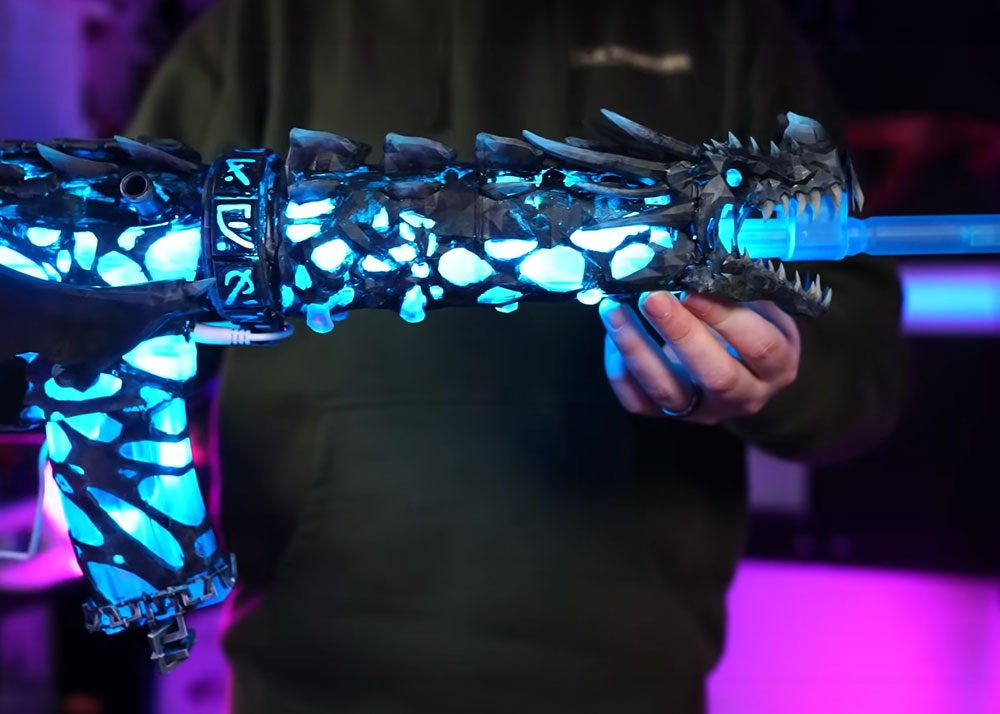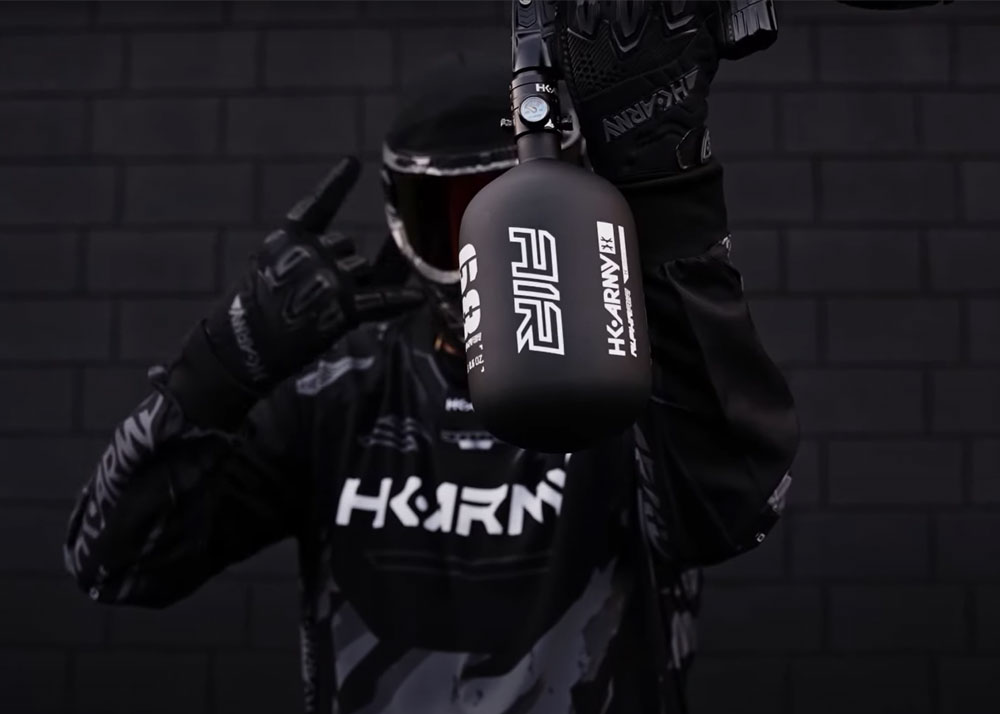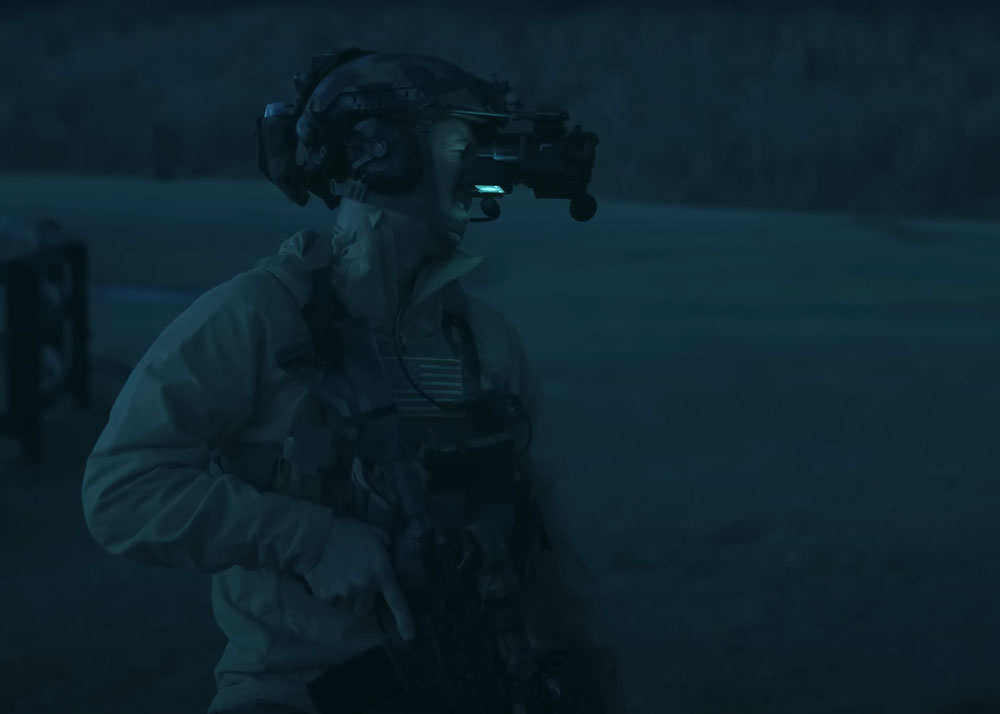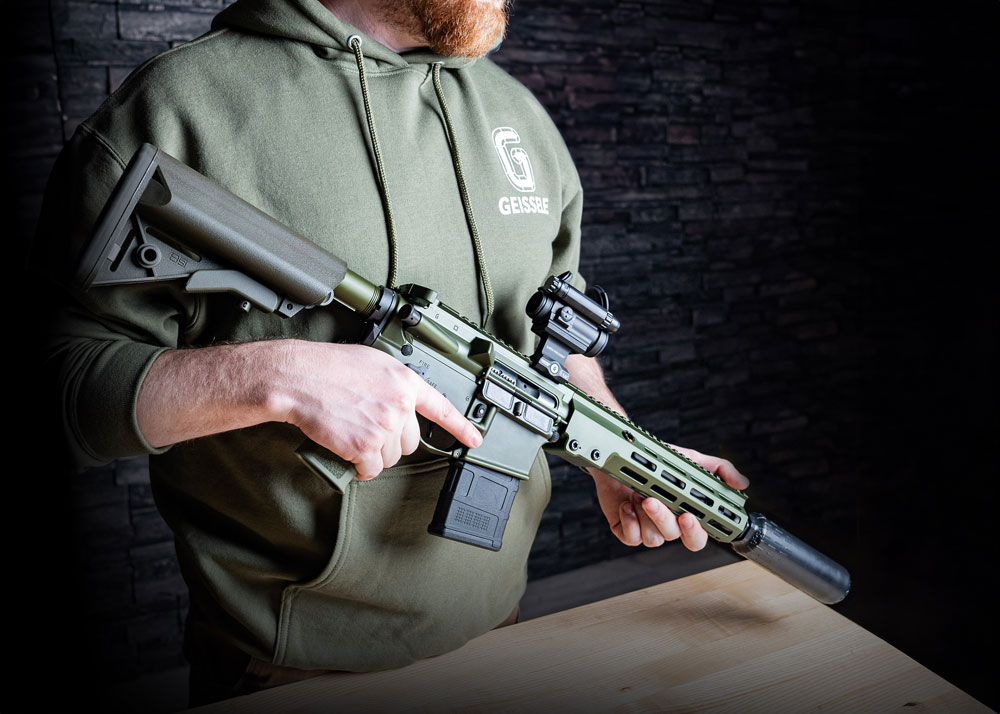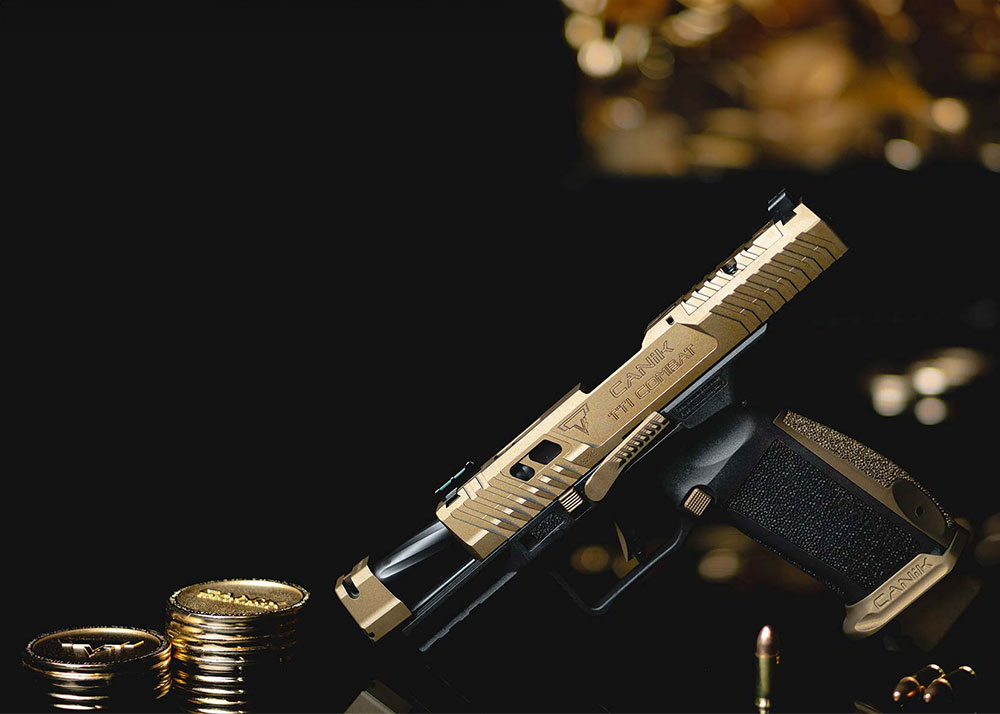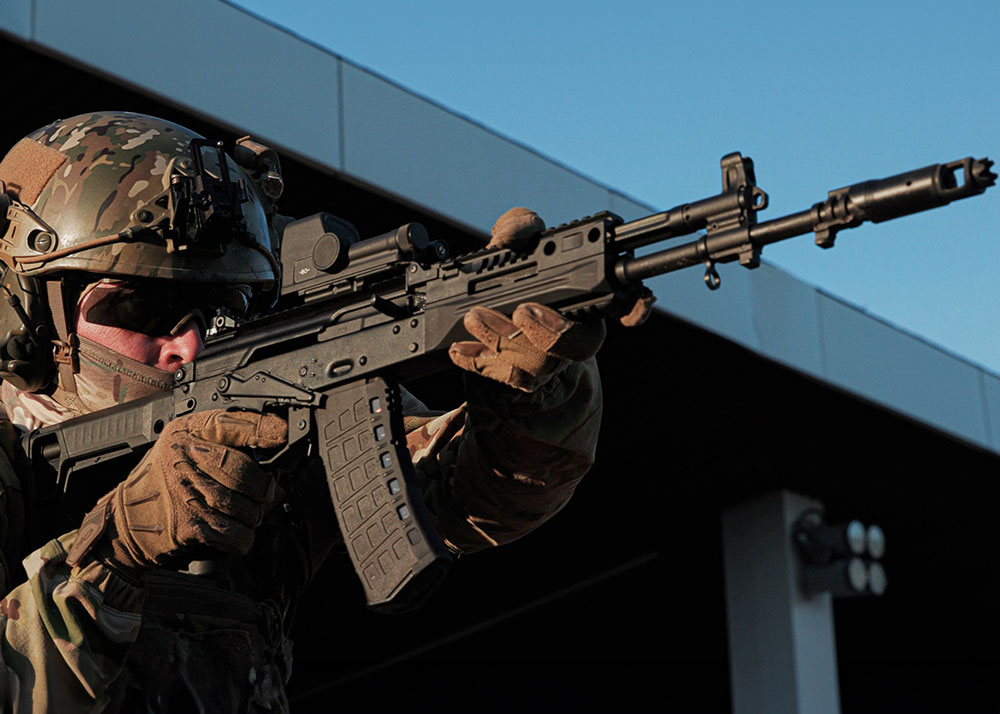ONR Looking Into Smart Body Armour To Detect Traumatic Brain Injury
Gungho Cowboy
24 Jan 2017
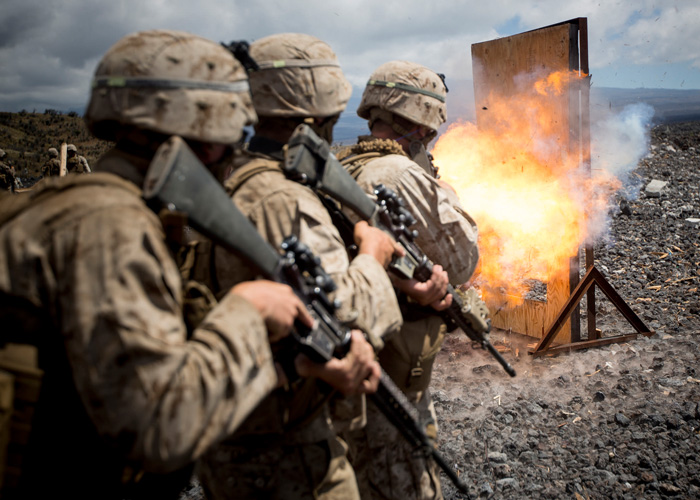
In what probably is taking cue from developers of football helmets that have sensors to determine if the brain trauma, the U.S. Navy’s Office of Naval Research (ONR) is looking into the developing helmets and body armour that have sensors that can determine if a shockwave from an explosion may have injured a soldier’s brain without waiting for a medic to tell him/her.
A soldier can look fine outside after narrowly escaping an explosive blast, but the danger is inside as the blast pressure or shockwave can cause Traumatic Brain Injury or TBI. There have been an increase in TBI cases in military veterans who saw action in Afghanistan and Iraq that led to the U.S. Congress enacting the Traumatic Brain Injury Act of 2008 which directs the Center for Disease Control and Prevention and National Health Institutes to determine the best practices for information dissemination and procedures for TBI diagnosis and treatment according to the Military Times.
The ONR explains that a Department of Defense doctrine requires that those within 50 metres of an explosion to “stand down” for 24 hours for a mandatory medical checkup. However, this presents two challenges: “(1) some forward operating bases are only 100 meters (approximately 330 feet) across, so half of the personnel would need to stand down after an explosion, and (2) 24 hours isn’t enough time for a regular medical exam to detect signs of even mild TBI.”
To fight TBI, the ONR are sponsoring the development of a three-part system to determine the blast pressure, establish thresholds for the brain and analyse potential symptoms of TBI. They call this system Blast Load Assessment Sense and Test or BLAST.
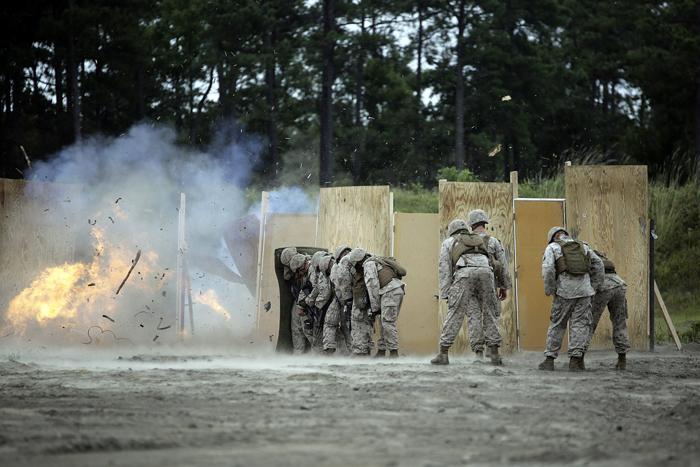
(U. S. Marine Corps photo by Cpl. Alexander Mitchell/released)
“A system like BLAST is vitally important because it can help recognize the signs of TBI early and tell warfighters they might need medical attention,” said Dr. Timothy Bentley, a program manager overseeing the research for ONR’s Warfighter Performance Department. “This reduces the likelihood of someone enduring multiple blasts and suffering more serious brain injury. BLAST also is unique for its unique suite of technology.”
BLAST operates by using sensors embedded in the body armour and helmet and these collect data for a medical personnel or even a navy corpsman to retrieve and conduct a vibration assessment to the affected personnel to determine if he/she can continue to fight or stand down and seek further assessment or treatment. The more data that can be collected from BLAST, the more they can predict the presence of TBI.
Sensors for the BLAST system are now being tested in the laboratories and by the next year and a half will be tested on mannequins and then to actual Marine personnel conducting breaching training. They have a timeline of delivering the technology to the U.S. Navy and Marines in three to five years.
Top Photo: U.S. Marine Corps photo by Cpl. Ricky S. Gomez/Released


